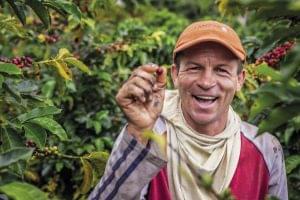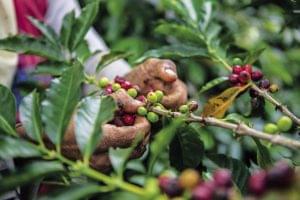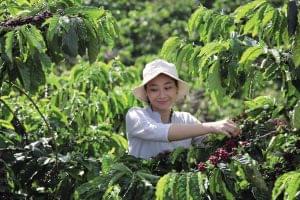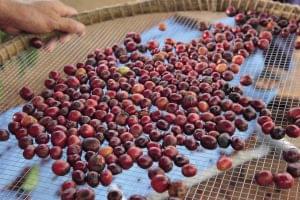Sustainable coffee sourcing isn’t enough anymore: production also needs complete transformation
All over the world the livelihoods of 125 million people depend on coffee farming, and 80% of them live in poverty. Today about 2.5 billion cups of coffee are consumed a day, from which every seventh cup is Nescafé.

Working on keeping coffee growing sustainable in the long run, and building on the results of the previous 10 years in implementing the Nescafé Plan, the company has announced a new action plan: already in this decade, Nescafé will establish regenerative agriculture for growing coffee. Nescafé’s plan seeks to increase the yield of coffee farms and the standard of living of farmers, while reducing the carbon dioxide emissions associated with coffee production in Brazil, Vietnam, Mexico, Colombia, Ivory Coast, Indonesia and Honduras.


Anna Roche, Nestlé Hungária’s business executive officer for coffee: “We already purchase 82% of coffee from sustainable sources, and we have distributed 250 million coffee plants in the 16 countries where our farmer supporting programme is already running.”

How is regenerative farming done in coffee growing? As a holistic method, it aims to improve soil quality, preserve biodiversity and renew coffee plantations. For instance shade-giving plant types are planted near the coffee plantations, organic growing medium and compost are used, coffee plants more resistant to the symptoms of climate change are planted, etc.


By 2025, Nestlé will purchase 20% of the coffee from sustainable farming where soil renewal practices are used, and in the next phase they will increase this proportion to 50% until 2030.

(x)
Related news
Best Global Brands: the most valuable brands in 2024
This autumn global brand consultancy Interbrand unveiled its Best Global…
Read more >Dynamic growth and challenges in the global coffee market
The global coffee market is poised for significant expansion as…
Read more >Arabica coffee price hits 47-year high
The futures price of arabica coffee has reached a 47-year…
Read more >Related news
Cellect Hungary demands more space with wearables and smart home devices
Cellect Hungary, one of the leading distributors in the Hungarian…
Read more >“BECAUSE!” – A special campaign with Moments
The autumn campaign for Moments wafers not only brought a…
Read more >IT security solution for medium-sized and large companies from Yettel
Yettel has introduced an advanced IT security solution for medium-sized…
Read more >








